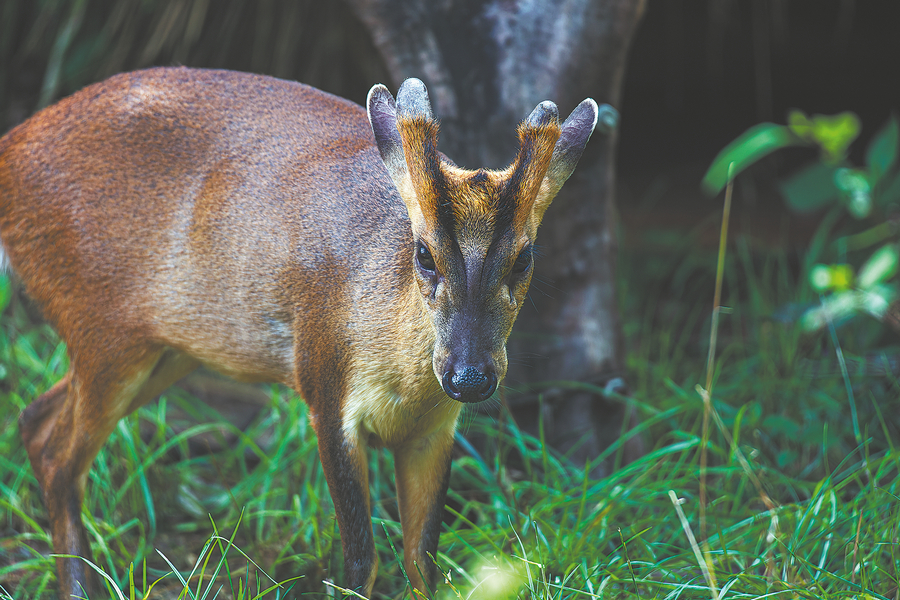Wearing their love of natural world
Animal conservationists engage people through advanced technology, Hou Chenchen reports.


One can glide through the Yangtze River alongside finless porpoises, soar thousands of miles with migratory birds, or dash across expansive grasslands with foxes — all with a single bracelet.
This is not a scene from a fairy tale but a reality made possible by advances in animal tracking technology. Through the bracelet of Chinalife, a creative program from the volunteer agency Easin, one can match with a wild animal and track its movements by scanning the QR code on the accompanying card.
In addition to tracking the movements of wild animals, digital adoption programs provide a unique opportunity to form a virtual bond with them. With just a few clicks, one can adopt a wolf, capybara, koala, or red panda, even if he or she is miles away. This is not just about virtual connection; it also offers a chance for virtual "mamas" to see their babies offline.
Since 2022, the "virtual adoption "program launched by Nanjing Hongshan Forest Zoo, or Hongshan Zoo, in East China's Jiangsu province has allowed individuals, families, and even companies to adopt animals through a mini-program. Participants can interact with their chosen animals, learn about their habits, and support their protection — all from the comfort of their homes.
These innovative digital programs — ranging from tracking the journeys of wildlife to virtual adoption — are bridging the gap between humans and animals. Through these creative initiatives, individuals are not only gaining insights into animal behaviors but are also actively participating in conservation efforts and advancing research in the field.

Tracking wildlife
Meng Chen, a bracelet owner from Beijing, says: "The mini-program provides timely data updates, generally every two to five days. Every time I check it, there's always a delightful surprise."
The animal Meng matched is a finless porpoise named Gulu. The bracelet shows its activities in the Poyang Lake area, such as making new friends or spending time with its family. It also provides information about the surrounding environment and the conservation efforts of protectors.
"These photos and descriptions always make me happy, and I can't help but share them with my friends on social media. Through this bracelet, I can participate in protecting China's endangered animals while establishing a connection with them, which gives me a sense of fulfillment," he says.
Meanwhile, the collected animal tracking data serves as a valuable resource and foundation for numerous scientific research projects. Eris Ling, the planner of the Chinalife series bracelet, explains that all wildlife conservation ultimately comes down to habitat protection.
In this process, animals' data can act as bioindicators, assisting governments and organizations in developing more reasonable environmental protection policies, Ling says.




































